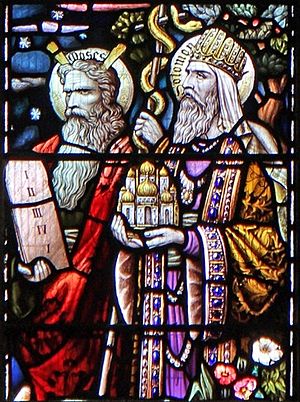Edward Arthur Fellowes Prynne facts for kids
Quick facts for kids
Edward Arthur Fellowes Prynne
|
|
|---|---|
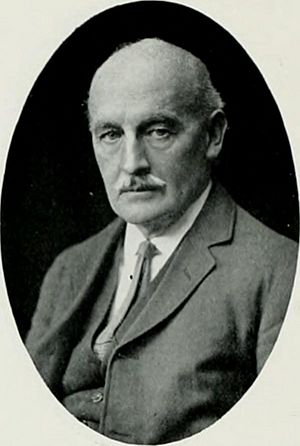 |
|
| Born | 14 October 1854 Plymouth, Devon, England
|
| Died | 28 December 1921 (aged 67) Ealing, Middlesex, England
|
| Resting place | St Mary the Virgin Church, Hayes |
| Nationality | English |
|
Notable work
|
Figurative painting |
| Movement | Pre-Raphaelite |
| Spouse(s) | Emma Mary Joll |
| Memorial(s) | St Peter's Church, Ealing |
Edward Arthur Fellowes Prynne (1854–1921) was a famous British painter. He was known for his portraits and other pictures, especially those with religious themes. Later in his life, he became well-known for creating beautiful art for churches. He was part of the Pre-Raphaelite art movement.
Contents
Edward Prynne's Early Life and Family
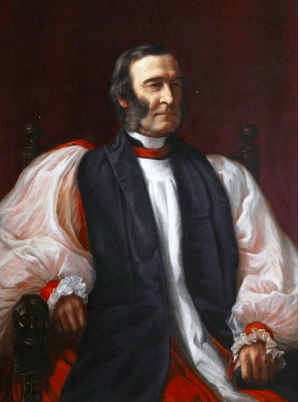
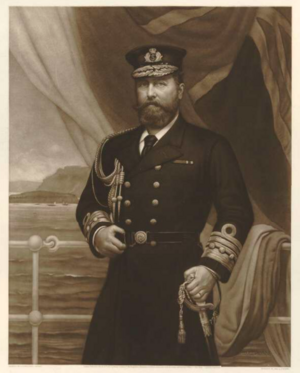
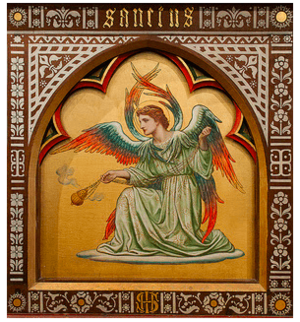
Edward Prynne was born in Plymouth, England, on October 14, 1854. His father was the Reverend George Rundle Prynne, a well-known church leader. Edward's brother, George Fellowes Prynne, became a church architect.
Edward first went to a naval academy, as his family thought he would join the navy. However, a famous artist named Frederic Leighton suggested he become an artist instead. Edward then studied art in London, and later in Antwerp, Florence, Paris, and Rome.
In 1888, Edward married Emma Mary Joll. They had five children: Beatrice, Dorothy, George, Stella, and John. The family moved to London in the 1880s and later lived in Ealing for over 20 years. Edward was part of the Ealing Art Group, a community of artists in the area.
Edward Prynne's Artworks
Edward Prynne's early paintings were influenced by his teacher, Charles Verlat. However, he soon became inspired by the Pre-Raphaelite art movement, especially the artist Edward Burne-Jones. This style influenced all his later work.
Prynne was skilled in many types of art. He was a talented portrait artist, painting members of the royal family and important politicians. He painted over 60 portraits, including a large one of the Duke of Edinburgh, Alfred, Duke of Saxe-Coburg and Gotha, who was Queen Victoria's second son. Queen Victoria herself asked to see this painting.
Prynne also painted pictures based on myths and religious stories. Some of his famous works include 'Cophetua's Queen,' 'Orpheus and Eurydice,' and 'Pan and Syrinx.'
Religious Art for Churches
Edward Prynne was very religious, like his father and brother. He is most famous for his religious art, which was bought for churches across England, especially in Devon and Cornwall. Often, his painted altars, reredos (decorated screens behind altars), and stained-glass windows were placed in churches designed or restored by his brother, George.
One of his most special works is an altar piece called 'Benedicite Domino Laudate Et Superexaltate Eum in Saecula.' It has five painted panels that show different parts of a creation song. In this piece, Prynne combined his love for myths and religious themes. One panel even shows an angel with fish fins! This artwork was shown at a big art exhibition in 1896.
His painting 'Magnificat' was displayed in London in 1894, alongside works by other famous artists like Edward Burne Jones. It was later shown in Brussels in 1897, where it was called "an exquisite conception" (meaning very beautiful).
Another painting, 'Ecce Ancilla Domini,' was praised for its beauty and design when it was shown in 1895. Both 'Magnificat' and 'Ecce Ancilla Domini' were later given to St Mark's Church, Hadlow Down, in Sussex.
'The Desire of all Nations,' a painting of the birth of Jesus, became very well-known. It was shown at the Royal Academy in 1895. This painting, along with a set of Prynne's 'Stations of the Cross' (pictures showing events from Jesus' last day), was bought for St. Augustine's Church in Stepney.
The rights to 'Magnificat' and 'The Desire of all Nations' were bought by a company that made copies of them. These copies were then shared all over the world.
Other important religious paintings by Prynne include 'Christ before Pilate,' 'Christ's Entry into Jerusalem,' and 'St. Joseph's Dream.' 'Christ before Pilate' was shown in Paris, Berlin, and Dusseldorf. After Prynne's death, his wife gave it to St Peter's Church, Ealing. He also painted a full set of fourteen 'Stations of the Cross' for St Mary's Church, Ilford.
Perhaps Prynne's biggest project was a large mural (wall painting) at St. Peter's Church in Plymouth. This church was designed by his brother, and the mural was a tribute to their father. The painting, which was about 650 square feet, showed Christ surrounded by angels and saints. Sadly, these paintings were destroyed when the church was damaged during World War Two.
Prynne also created beautiful stained-glass window designs for St Peter's Church in Staines, another church designed by his brother. These windows are considered some of his best work. His design for the Staines Nativity Window was even shown at the Royal Academy in 1903.
Prynne often worked with architects and designers to create glass art. He also exhibited his paintings at many important art galleries in London and other cities. In 1895, he became a member of the Royal Society of British Artists.
Later Life and Legacy
In 1918, a religious group called the Cowley Fathers asked Prynne to create a set of 14 painted 'Stations of the Cross' for St John the Evangelist Church, Oxford. Prynne was very excited about this project. The paintings were finally put in the church in 1921. The last four 'Stations' were the very last paintings Prynne worked on.
Edward Prynne died on December 28, 1921. He was buried at St Mary the Virgin Church, Hayes, where his brother was also later buried. An article written after his death said that he was an artist of "very exceptional ability" and that his work showed his "absolute sincerity and devotion to the highest ideals." It also mentioned that he was a kind person who loved music and enjoyed entertaining friends.
In 1922, Prynne's wife, Emma, gave his famous 1898 painting 'Christ Before Pilate' to St Peter's Church, Ealing, to remember him.
Edward Prynne's Art in Public Collections
You can find Edward Prynne's art in several places:
- The Bishop's Palace in Exeter has a portrait of Frederick Temple, who was a Bishop and later an Archbishop.
- The Russell-Cotes Art Gallery & Museum has two of his pictures.
Known Church Artworks by Edward Prynne
Edward Prynne created art for many churches. Here are some examples:
- All Saints Church Bradford (Devon): Altar panels from 1905.
- St Peter's Church, Brighton: Three altar panels painted in 1919.
- St Peter's Church, Ealing, London: His painting 'Christ Before Pilate' (1898).
- St Mary's, East Grinstead, West Sussex: Three altar panels.
- St Mark's Church, Hadlow Down, East Sussex: 'The Madonna of the Magnificat' (1894) and 'Ecce Ancilla Domine'.
- St Mary the Virgin Church, Hayes, Middlesex: Reredos panels from 1911.
- St Mary the Virgin Church, Ilford, Essex: A full set of fourteen 'Stations of the Cross' (1916–1918) and three altar panels (1919).
- St Ladoca's Church, Ladock, Cornwall: A painted altar front from 1897.
- St Winifred's Church, Manaton, Devon: 23 painted reredos panels from 1896.
- St John the Evangelist Church, Oxford: A set of 14 'Stations of the Cross' (1921).
- St Peter the Apostle, Plymouth: Wall paintings (1904) that were later destroyed.
- Holy Trinity, Roehampton: Richly decorated altar panels from 1898.
- Holy Trinity Church, St Austell: Frescos (wall paintings) from 1891.
- St Peter's Church, Staines, Berkshire: Ten stained-glass windows designed between 1901 and his death.
- St Augustine's Church, Stepney: His painting 'The Desire of all Nations' and a set of 'Stations of the Cross'.
Images for kids
-
Detail from Edward Arthur Fellowes Prynne's painting 'Christ Before Pilate' at St Peter's Church, Ealing
-
'O ye whales and all that move on the waters bless ye the Lord' by Edward Arthur Fellowes Prynne (1899), a panel from a reredos in the collect of Russell-Cotes Art Gallery & Museum



